When it comes to PCB design, there are a number of factors that need to be taken into account. It can make the whole process a lot more complicated, as the design has to be fit for the device the unit is being created for. Not only that, but there are clear guidelines that need to be followed to ensure the PCB doesn’t fail or develop faults, as well as operate efficiently.
Our team are constantly looking for changes and developments in this area so we can provide the most cutting-edge, efficient and reliable components at all times. ‘Keep-out’ areas are a big topic in the industry because they are fixed spaces and with enough of them on a single PCB, it increases the size, or complexity or each unit. This has a direct on the times and costs of PCB manufacturing and design.
That being said, cheaper isn’t always better and if the long-term results offer better value, then taking our time to find the right solution, whether it means a bigger but simpler or smaller but more complex board, is worth doing.
What is a ‘keep-out’ area?
As the name implies, a ‘keep-out’ area is a part of PCBs where no other components or materials should be present. This is usually around components that can suffer from interference if different parts are too close and should be clearly marked with a white line to indicate nothing should enter the space.
‘Keep-out’ areas have grown in importance as PCBs become smaller and more complex as our technology and devices shrink. To ensure there’s no loss in performance, it’s not been uncommon for these areas to shrink or, in some cases, to disappear entirely.
This is normally to try and cut costs but often compromises performance and longevity, which is something we won’t stand for at UK Electronics. All our designs keep these areas intact, providing quality units on every order that will make every piece of technology value for money. This is one of the reasons why we’re one of the most popular choices for PCB assembly in the UK.
What these areas do for PCBs
As we touched on briefly above, ‘keep-out’ areas are there to ensure the components used on a PCB function at optimum levels. These areas can be adversely affected by interference or heat – or even both in some cases – so limiting the parts used around them can make a big difference.
While every PCB design should follow best practise and use ‘keep-out’ areas, designers are always looking to push boundaries and find new concepts that are more efficient, easier to produce and deliver better results. That’s why our PCB prototyping stage is important – it allows us to test new designs before they are mass produced and we can find any problems in real tests. We can then go back and address anything that’s found and ensure only the highest quality PCBs are delivered to each customer.
For more information on PCB design, and how the team at UK Electronics can help you, get in touch with us today.

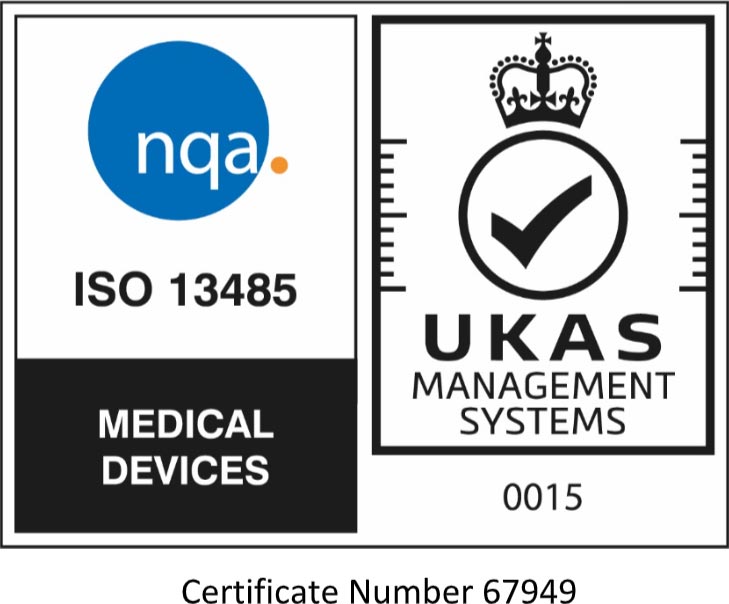





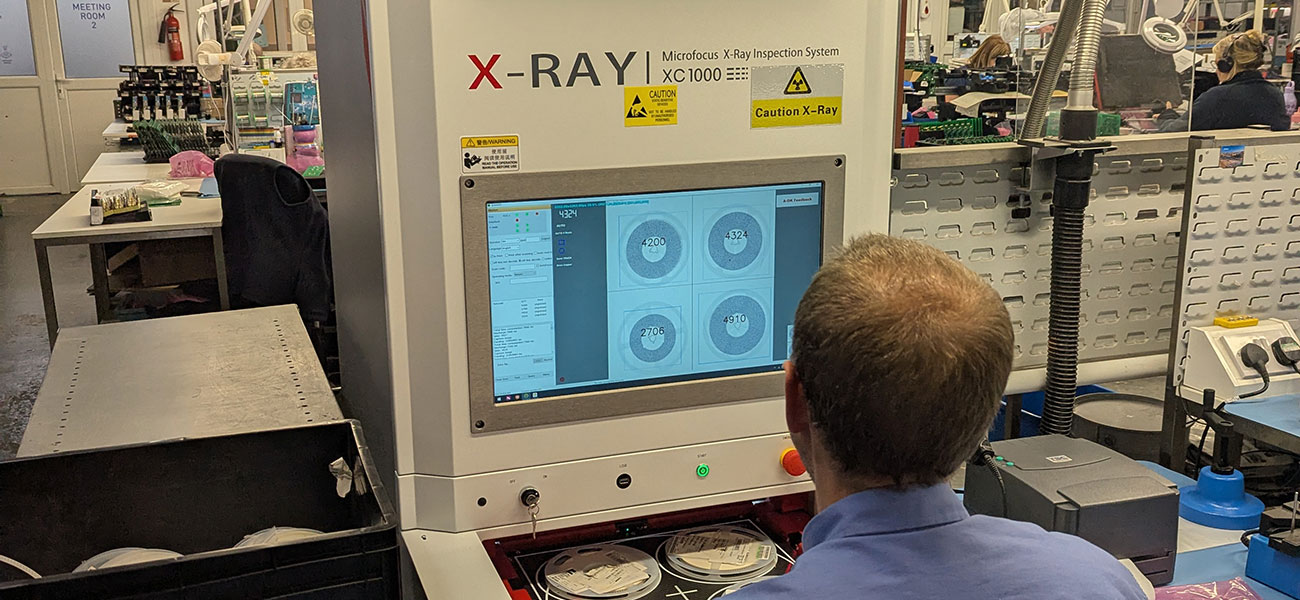
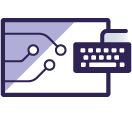 PCB Design
PCB Design 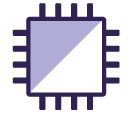 Electronic Assembly
Electronic Assembly  PCB Prototyping
PCB Prototyping  EMC Testing
EMC Testing 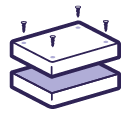 Box Build
Box Build 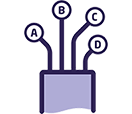 Cable Assembly
Cable Assembly